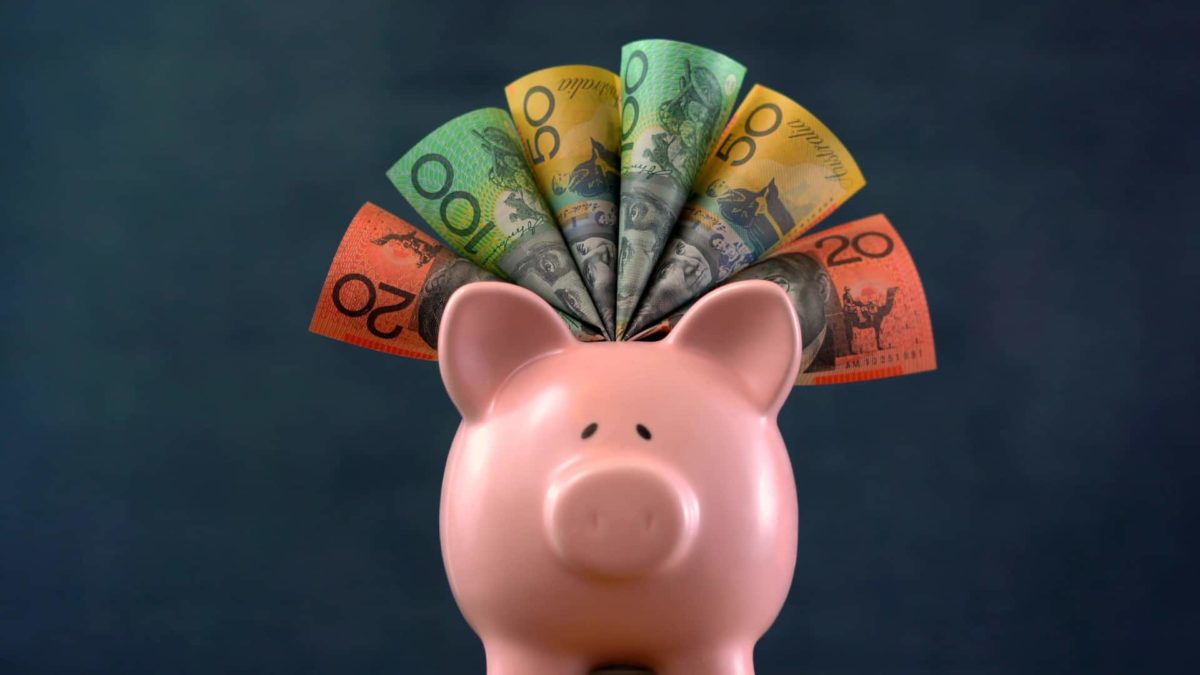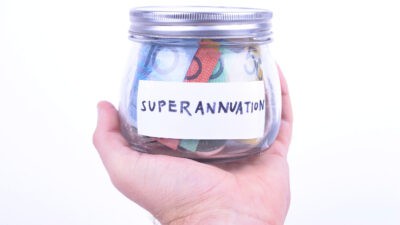Superannuation is a key part of funding your retirement, in addition to owning your own home.
Like all investments, superannuation takes time to grow and multiply.
So, the earlier in life you start thinking about how to supercharge your super, the better.
And the great news is you don't have to do anything that fancy with your money to grow wealth.
If you get started early enough, you can let good ol' compounding just do its thing!
So, how are Australians tracking in terms of superannuation savings these days?
Average superannuation balance at retirement
For those born on or after 1 January 1957, the retirement age in Australia is 67 years.
The retirement age is generally defined as the time of life when you become eligible for the age pension.
According to the latest available figures from the Australian Taxation Office (ATO), the average superannuation balance for an Australian aged between 65 and 69 years is $428,738.
The median is $207,540.
If we break the numbers down by gender…
The average balance for men is $453,075 and the average for women is $403,038.
The median for men is $213,986 and the median for women is $201,233.
Is this enough superannuation to fund your retirement?
Based on these numbers, every Australian at retirement age can fund a 'modest' lifestyle with the superannuation they've got, plus a part-pension, and unencumbered ownership of their home.
But they won't be able to fund a 'comfortable' retirement.
That's according to the regularly updated AFSA Retirement Standard published by the Association of Super Funds of Australia (ASFA) and endorsed by the Federal Government.
What's a modest retirement?
ASFA's modest retirement standard allows for the daily essentials, such as groceries, transport and home repairs, plus basic health insurance, and occasional exercise, leisure and social activities.
To fund a modest lifestyle, both singles and couples need $100,000 in superannuation at age 67 and only a part-age pension to cover their annual living expenses.
AFSA estimates living expenses of $46,944 for couples and $32,666 for singles aged 65 to 84 years.
What's a comfortable retirement?
The comfortable retirement standard allows for daily essentials plus private health insurance, lots of exercise and leisure, occasional restaurant meals, an annual domestic holiday and a trip overseas every seven years.
AFSA estimates that couples need $690,000 in superannuation and singles need $595,000 at retirement age, plus a part-pension, to cover the annual living expenses for a comfortable lifestyle.
AFSA estimates living expenses of $72,148.19 for couples and $51,278.30 for singles aged 65 to 84 years.
How much is the pension?
The full age pension delivers a taxable $42,988.40 per annum to couples and $28,514.20 to singles. These amounts include the full pension supplement and energy supplement.
But remember, AFSA's estimate of how much you need in superannuation at retirement age to fund your lifestyle assumes you will receive only a part pension.
It also assumes you will draw down all your super capital, invest it, and receive a 6% return per annum.
And again, you must own your home without a mortgage for these numbers to work.
Besides superannuation, how else can you fund your retirement?
Most superannuation funds primarily invest in shares. Ordinary Australians can do the same thing by setting up a brokerage account and buying shares with their spare money.
At retirement age, investors are typically focused on generating passive income. So, they tend to invest in ASX dividend shares, preferably with full franking.
As we've reported, if you invested $5,000 per year in ASX shares from age 20 to 67, you could have a retirement income portfolio of $1.5 million delivering a passive income stream of $100,000.
Some of the most popular ASX dividend shares include the big ASX 200 bank shares, such as ANZ Group Holdings Ltd (ASX: ANZ) and Westpac Banking Corp (ASX: WBC).
Income investors also like mining shares such as Fortescue Ltd (ASX: FMG) and BHP Group Ltd (ASX: BHP) and exchange-traded funds (ETFs) like the Vanguard Australian Shares Index ETF (ASX: VAS).
Another popular way of funding retirement is through real estate investment. As we've reported, shares and property have delivered very similar returns of about 11% per annum over the past 100 years.







